I am trying to find out specifics of the communication between a DJI Osmo Action camera and the Android vendor app (https://play.google.com/store/apps/details?id=dji.mimo). The camera communicates over WiFi (Bluetooth is disabled on the Android phone) with the app but all packet scanners catch zero packets (for instance this one: https://play.google.com/store/apps/details?id=app.greyshirts.sslcapture). I can capture packets with the same sniffer apps between other devices and apps.
Why are no packets captured for this specific camera and app? Even if the data is encrypted and cannot be decoded using the VPN/certificate trick: is there a way to get the encrypted packets at least?
Regards,
